How Nikita Khrushchev’s wife and Soviet comedies promoted veggie caviar
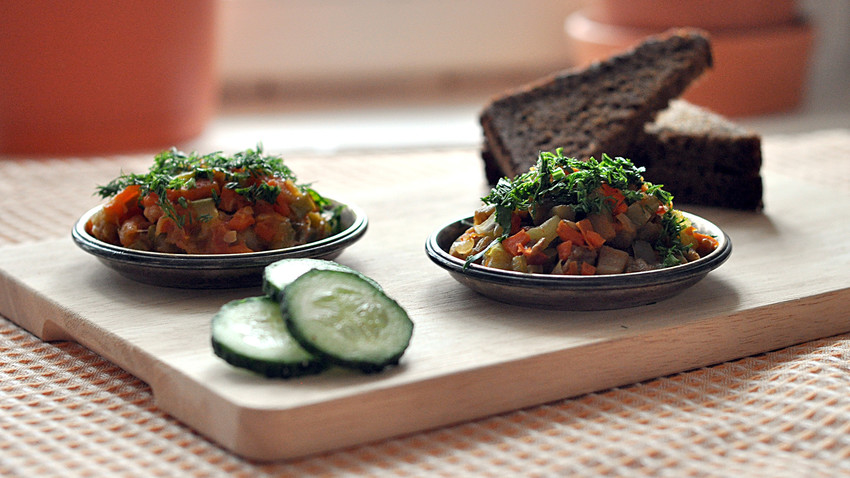
Try to imagine the Russian festive table without caviar...it’s almost impossible. Red and black caviar was in short supply during the Soviet Union, today it’s easier to get your hands on the silky fish eggs, which are still heavily associated with New Year celebrations. In the USSR, vegetable “caviar” was used as an alternative and was sold in local shops. It was usually made from young squashes or chubby eggplants.
What does Russian veggie caviar look like?
Vegetable caviar is a bit like ragout - so why is it called “caviar?” In Russia, the word “caviar” (“ikra”) has the same common root as the verb “to cut” (“kroit”) and the word “edge” (“krai”), meaning the way of preparing the dish. To get salmon caviar the fish needs to be cut - to get squash caviar the vegetable needs to be cut. With this in mind, in Russian
How Nina Khrushcheva made squash caviar popular
The production of canned squash caviar started in the 1930s. However, a violation at one factory caused a botulism outbreak in 1933 in Dnepropetrovsk (modern Ukraine) that killed 200 people. For years
At one point the full-bodied wife of Nikita Khrushchev - Nina - was trying to follow a diet, according to Russian historians. As a
Squashes contain a lot of fiber (even after cooking) and don’t have many calories, so they are pretty healthy.
What links Ivan the Terrible and eggplant caviar?
Besides squash, in the Soviet
Squash caviar
Ingredients
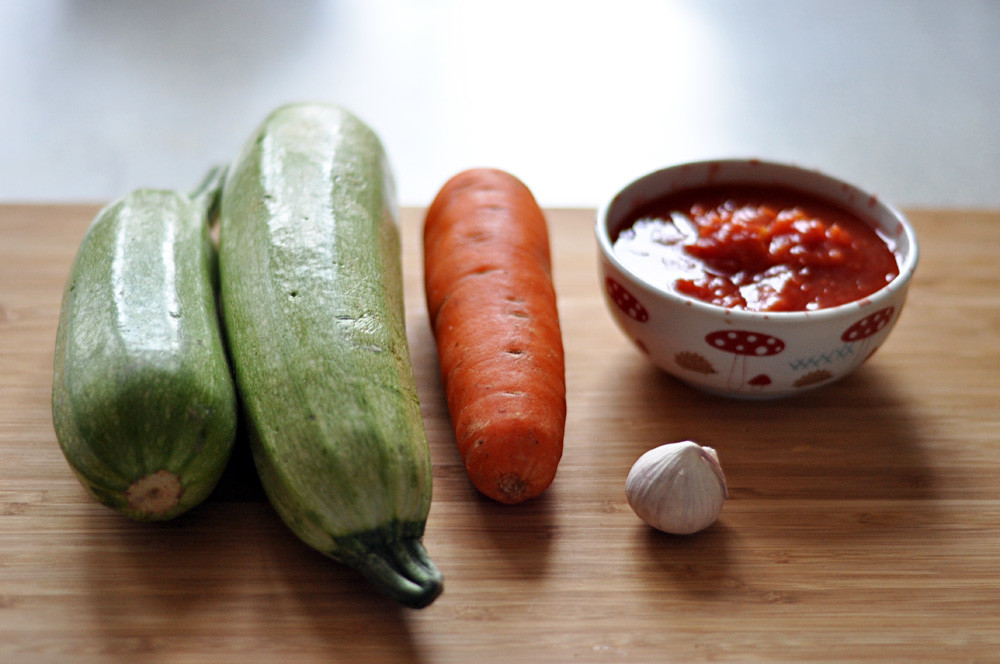
Carrot – 1
Garlic – 1 clove
Tomato paste – 2 tbsp
Salt, pepper to taste
Cooking:
- Cut the squashes into small cubes (you can peel them it if you want). Finely chop the carrot.
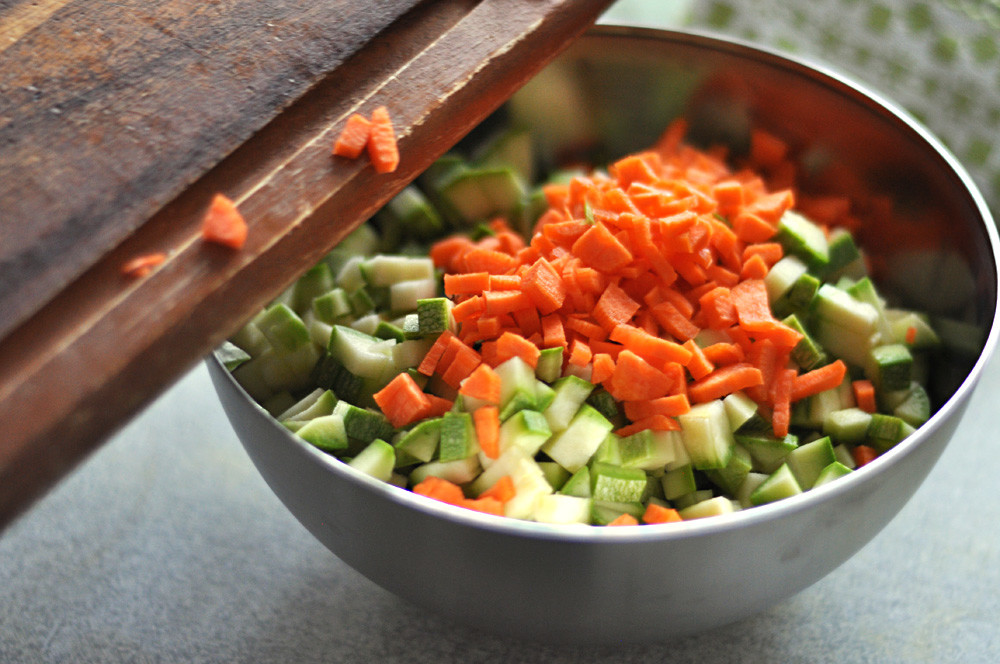
- Put the squashes and carrots together in a pan, add a glass of water, cover, and simmer on a mild heat.
- When the vegetables are soft, add the tomato paste and a bit of oil, salt, stir, remove the cover, and simmer until the water is evaporated.
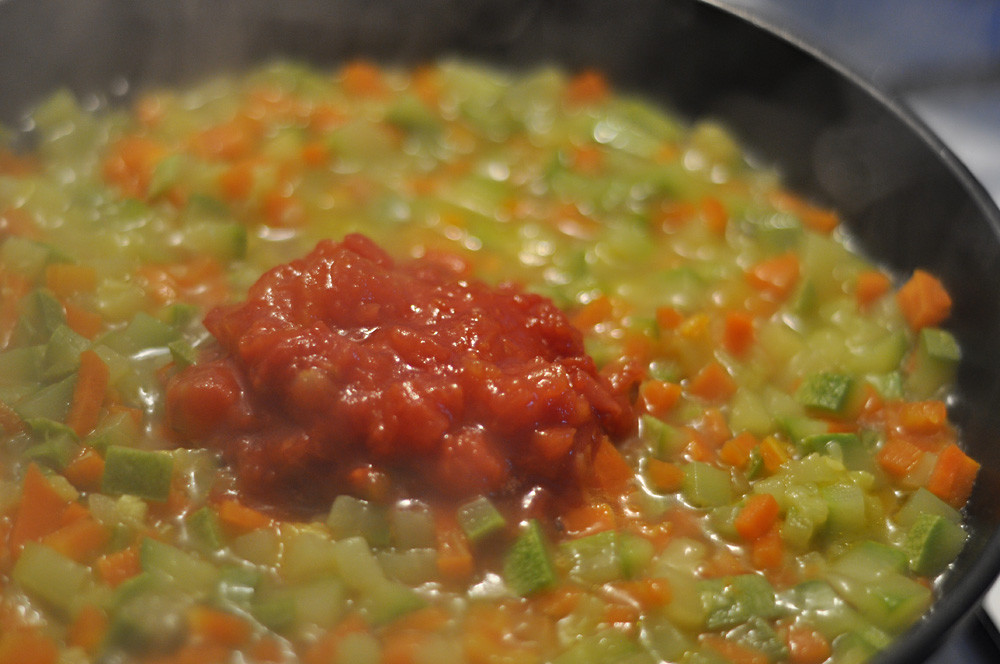
- When the dish is almost ready
- Serve it cold or warm.

Eggplant caviar
Ingredients
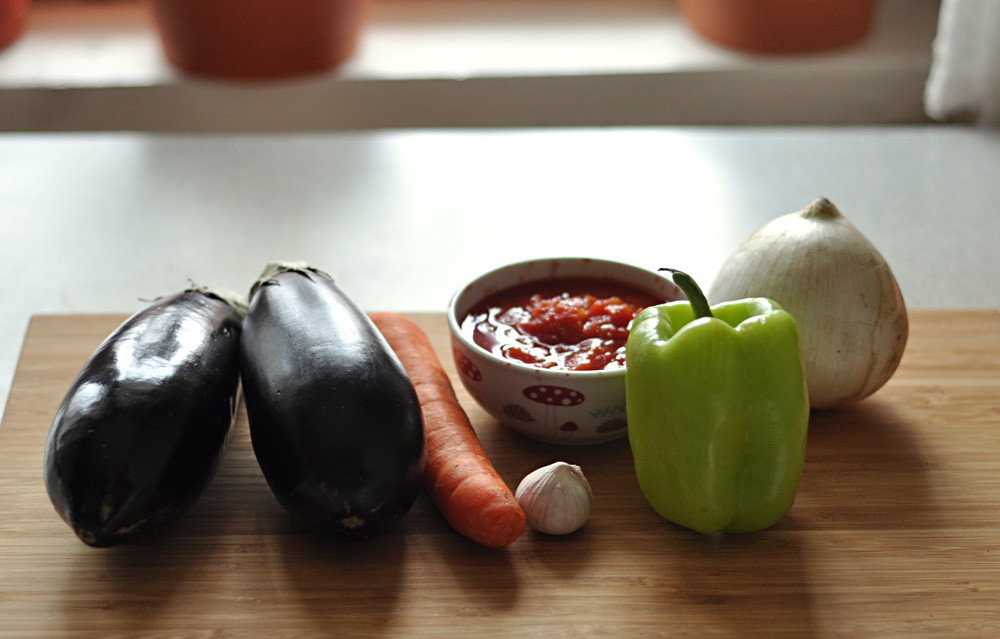
Carrot – 1
Bell pepper – 1
Onion – 1
Tomato paste – 2 tbsp
Garlic – 1 clove
Salt, pepper to taste
Cooking:
- Peel eggplants and cut into cubes, salt, and let them rest a little. Then fry in oil until soft.
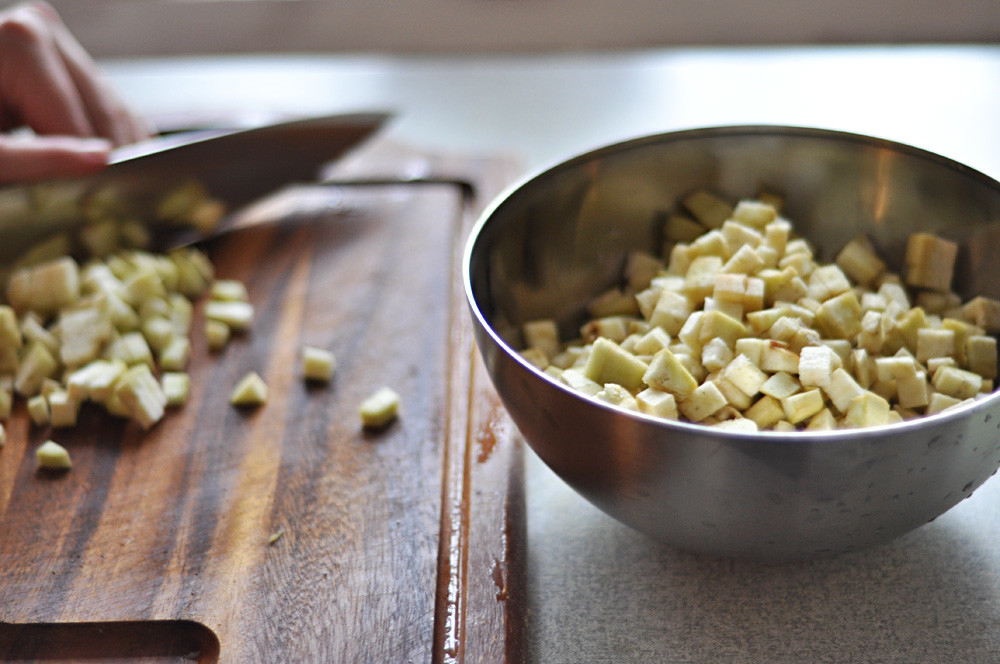
- Cut carrot and onion into cubes and fry in oil in another pan until soft. Add sliced pepper and cook for five more minutes. Then add tomato paste and cook about five to seven minutes.
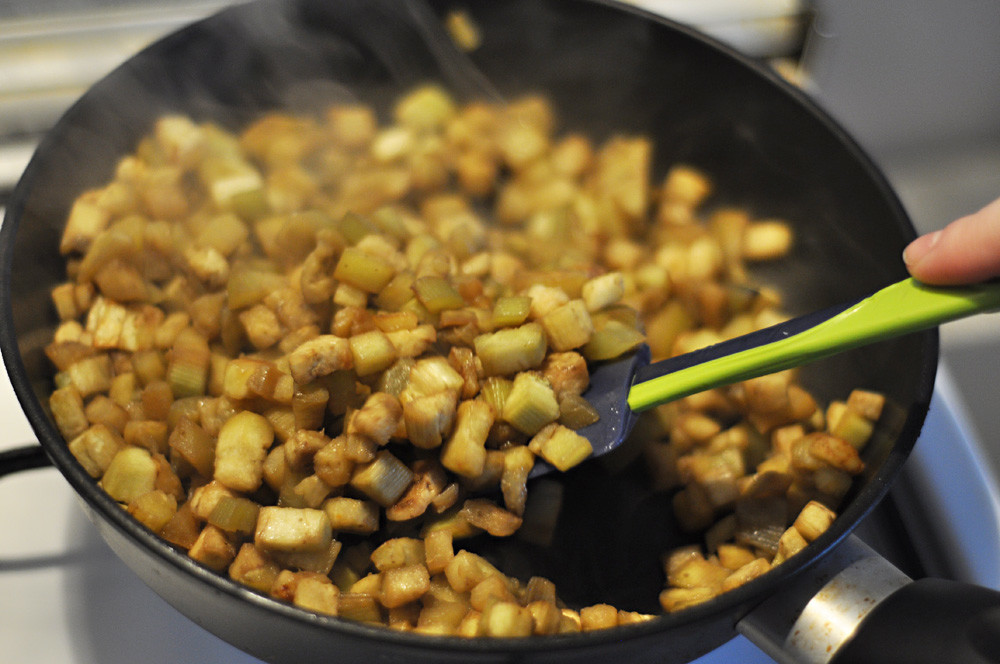
- By this time your eggplants will be ready so it’s time to add them to the carrot, onion, and pepper. Add vegetables, garlic, salt; cover the pan and simmer for another five minutes.
- Eat warm or cold.
Priyatnogo
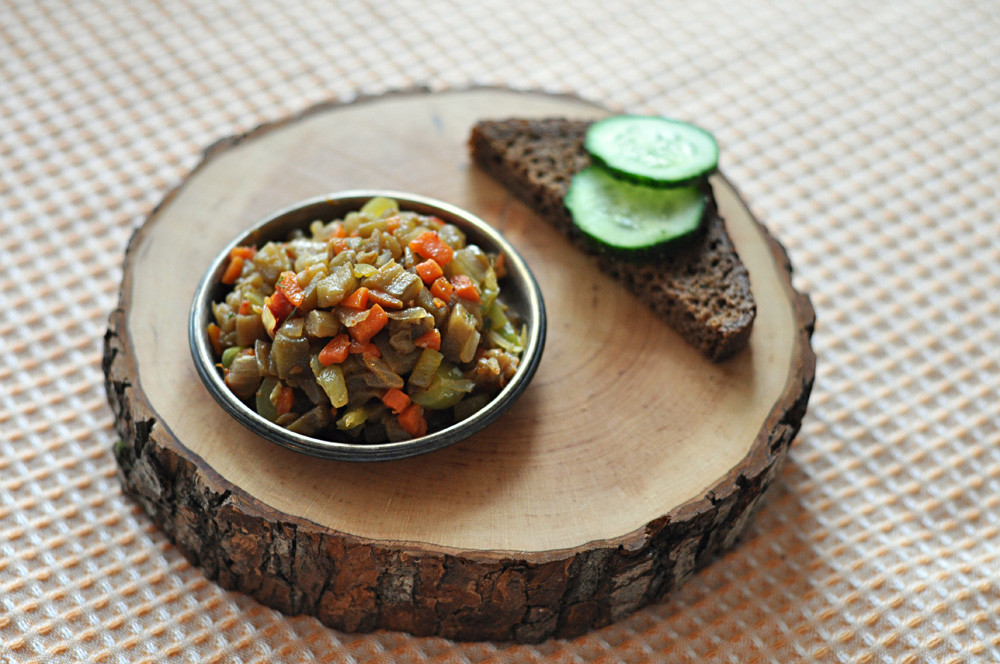
Do you know how the Soviet Union brought culinary equality to the table? Check out this story!
If using any of Russia Beyond's content, partly or in full, always provide an active hyperlink to the original material.
Subscribe
to our newsletter!
Get the week's best stories straight to your inbox